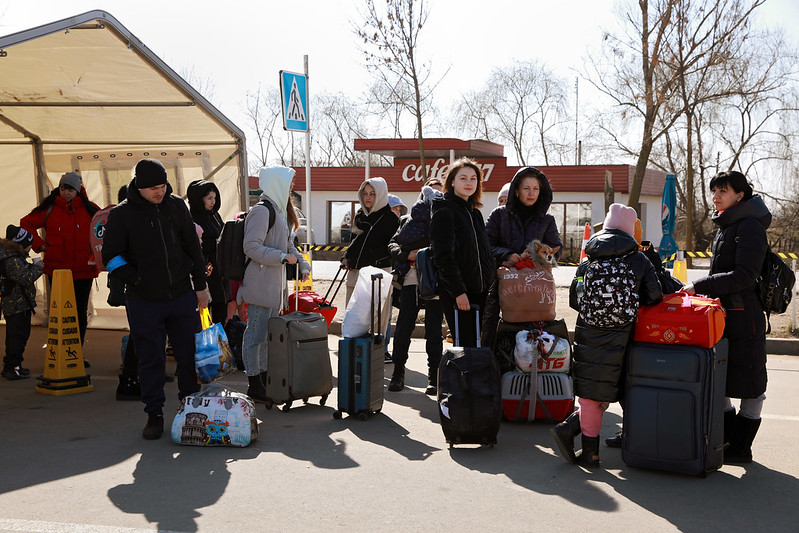 On February 24, 2022, Russia invaded Ukraine, marking the beginning of a violent occupation which has resulted in more than 1 million casualties as of January 2025, including civilians and soldiers on both sides. In 2022 alone, Ukraine’s poverty rate “increased from 5.5% to 24.1%” – a humanitarian crisis that impacted all aspects of life for Ukrainian citizens, including but certainly not limited to access to safe drinking water and food, energy, transportation and housing. The humanitarian crisis also affected people living with diabetes in Ukraine.
On February 24, 2022, Russia invaded Ukraine, marking the beginning of a violent occupation which has resulted in more than 1 million casualties as of January 2025, including civilians and soldiers on both sides. In 2022 alone, Ukraine’s poverty rate “increased from 5.5% to 24.1%” – a humanitarian crisis that impacted all aspects of life for Ukrainian citizens, including but certainly not limited to access to safe drinking water and food, energy, transportation and housing. The humanitarian crisis also affected people living with diabetes in Ukraine.
Diabetes in Ukraine
Russia’s occupation of Ukraine did not only have an impact on the immediate physical safety of innocents – it also created a huge issue surrounding the management and treatment of chronic illness. According to the Diabetes Spectrum, “among the displaced Ukrainian population, more than 2.63 million Ukrainians have cardiovascular disease and more than 615,000 people have diabetes.” Furthermore, according to the National Library of Medicine, of “40,000 adults in diabetes care, only approximately 25% [maintain] sustained glucose control.”
Many people with chronic illnesses, specifically diabetics, require consistent medical care on top of strict lifestyle changes – including taking daily medications, undergoing frequent blood sugar level tests and in some cases, having surgery. In a crisis state, where even the most basic necessities are limited, these complex treatments are simply not accessible to the majority of individuals who depend on them. However, several organizations are providing aid and support to individuals struggling with diabetes in Ukraine.
TeleHelp Ukraine
Originally founded at Stanford University, TeleHelp Ukraine is a non-profit organization that specializes in providing telemedical assistance to individuals in Ukraine and Poland. TeleHelp Украïна “completed more than 2,400 consultations as of April 2024… [including] 61 consultations with people with diabetes,” Diabetes Spectrum reports.
Its consultations are completely free, although it does not currently have the resources to cover the costs of medication and other treatment. Additionally, the organization has an extensive staff of translators knowledgeable in medical terminology it is accessible to non-English speakers.
The Ukrainian Diabetic Federation
The Ukrainian Diabetic Federation (UDF) collaborates with government officials, heads events to raise awareness about diabetes in Ukraine, and provides aid to diabetics within the country. UDF also helps to distribute and administer aid to the needy. It distributed “almost 30,000 glucose meters with strips provided for people with diabetes by Direct Relief to cities and villages, to children’s hospital emergency rooms in military hospitals and to ophthalmology clinics across Ukraine. As of July 12, 2022, Direct Relief’s efforts to respond to the crisis in Ukraine have resulted in the delivery of more than 800 tons of emergency medical supplies.”
Diabetes Disaster Response Coalition
The Diabetes Disaster Response Coalition (DDRC) is an international organization that provides support to those on the ground in crisis states. One resource they provide is insulin switching guides in several Eastern European languages. These guides are helpful to ensure that local health care providers who may not have a specialization in diabetes care “safely utilize available insulin options” when it becomes necessary to switch “formulations due to limited supplies or options.” DDRC also manages the collection of donations such as “in-date and unneeded insulin, test strips, [and] meters” to be allocated to those in need.
Although the statistics about diabetes in Ukraine appear overwhelming, there is a multitude of incredible organizations advocating and providing direct aid to those in need.
– Helena Birbrower
Helena is based in Davis, CA, USA and focuses on Global Health and Politics for The Borgen Project.
Photo: Flickr
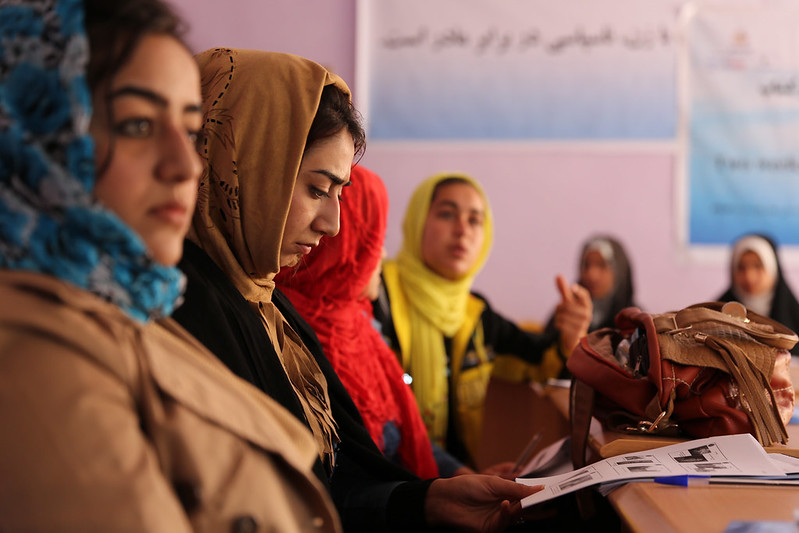 The Trump Administration’s USAID cuts have affected many in
The Trump Administration’s USAID cuts have affected many in 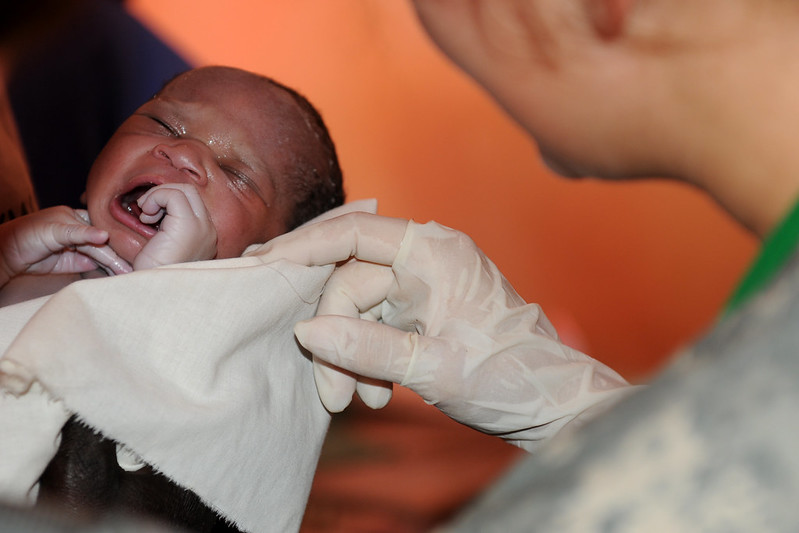 Newborn and maternal mortality remain major global health challenges, particularly in sub-Saharan Africa, where nearly 50% of the world’s perinatal deaths occur. While the global maternal mortality rate stands at 211 deaths per 100,000 live births and the newborn mortality rate at 18 deaths per 1,000 live births,
Newborn and maternal mortality remain major global health challenges, particularly in sub-Saharan Africa, where nearly 50% of the world’s perinatal deaths occur. While the global maternal mortality rate stands at 211 deaths per 100,000 live births and the newborn mortality rate at 18 deaths per 1,000 live births, 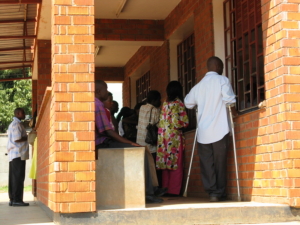 For years, many issues have plagued
For years, many issues have plagued 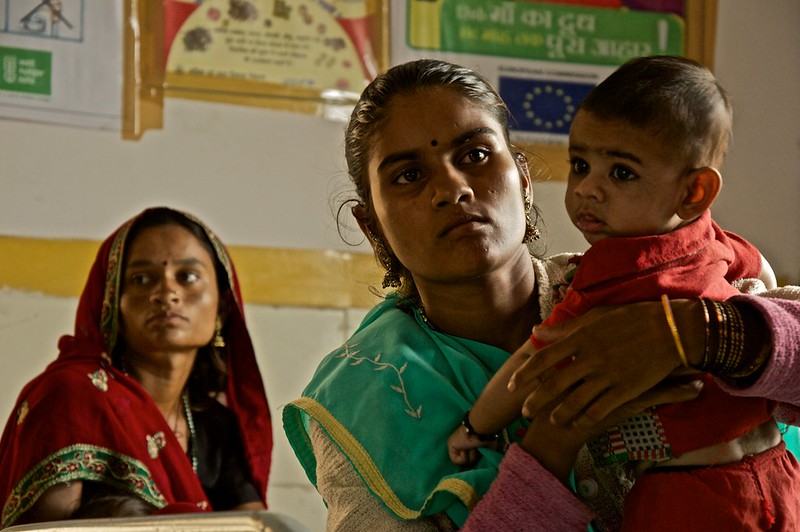
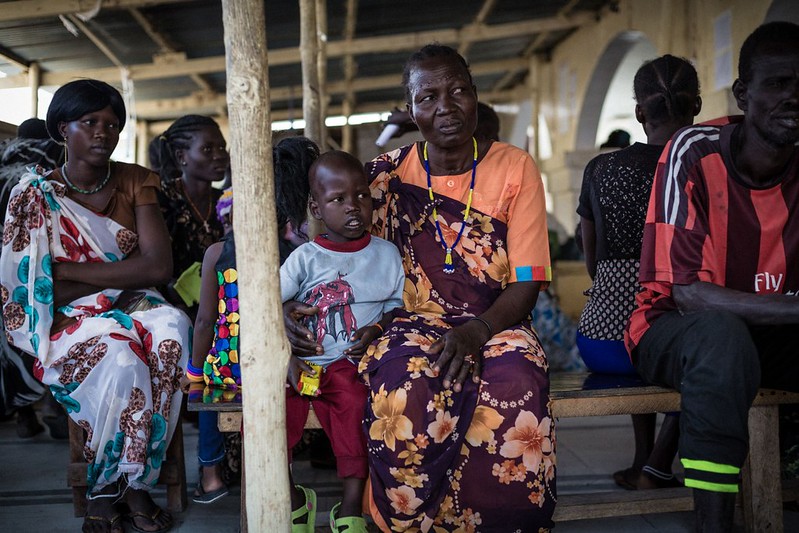
 As an
As an 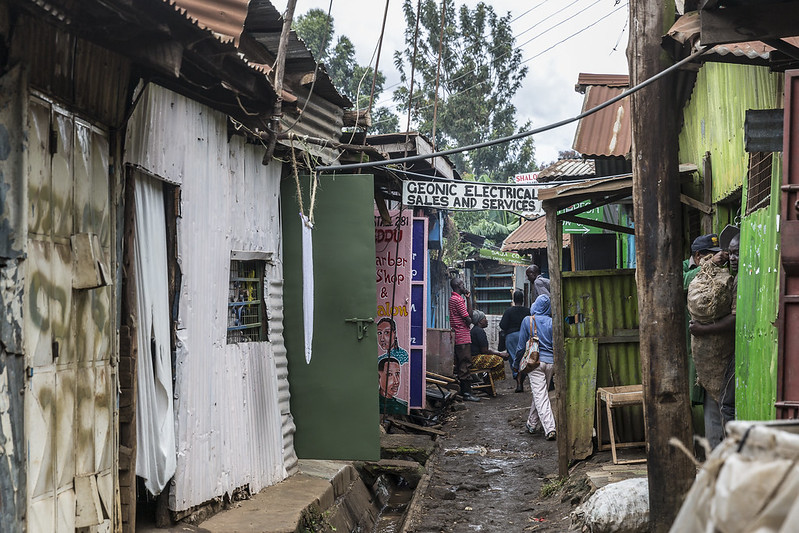
 A public health crisis is unfolding in the Democratic Republic of Congo (DRC) as health officials investigate a mystery illness that has claimed at least
A public health crisis is unfolding in the Democratic Republic of Congo (DRC) as health officials investigate a mystery illness that has claimed at least  Polio, a highly infectious viral disease, has affected millions of people worldwide. The introduction of the
Polio, a highly infectious viral disease, has affected millions of people worldwide. The introduction of the 